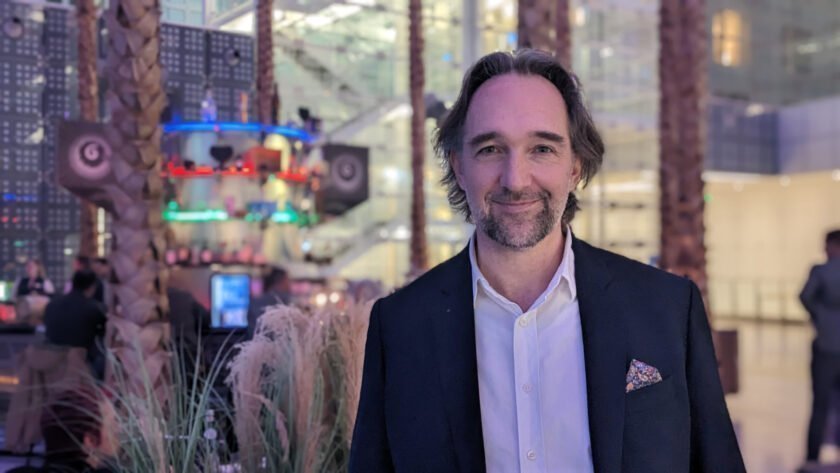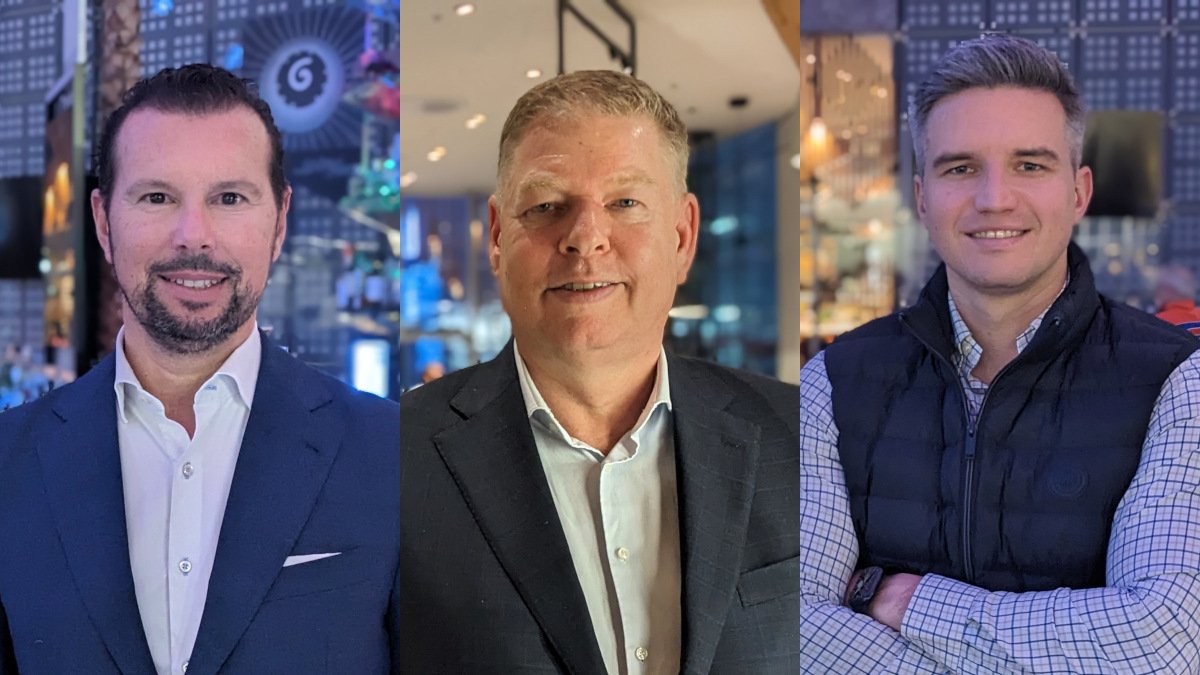Munich | PPDS is overhauling old display technologies, Vertiseit aims to reduce the return rate with digital in-store technologies, and SignageOS seeks to maximize the full potential of remote management. The green signage strategies of six executives.
That politics and customers would demand Green Signage solutions was predictable. However, few anticipated that the pressure would be this strong already, forcing companies to take action. At the invidis Executive Lounge in Munich, we asked six executives from the Digital Signage industry about the strategies guiding their companies.
Stan Richter, CEO at SignageOS:
“We’ve been working with a European city that put out a couple hundred high brightness outdoor displays at bus shelters. By leveraging our tech and the energy consumption monitoring that we have combined with the ability to remotely manage those screens, manage brightness, manage the schedule for those screens, we were able to significantly reduce the energy consumption, as well as the overall operational costs for the projects. I’m talking about millions of euros per year.”
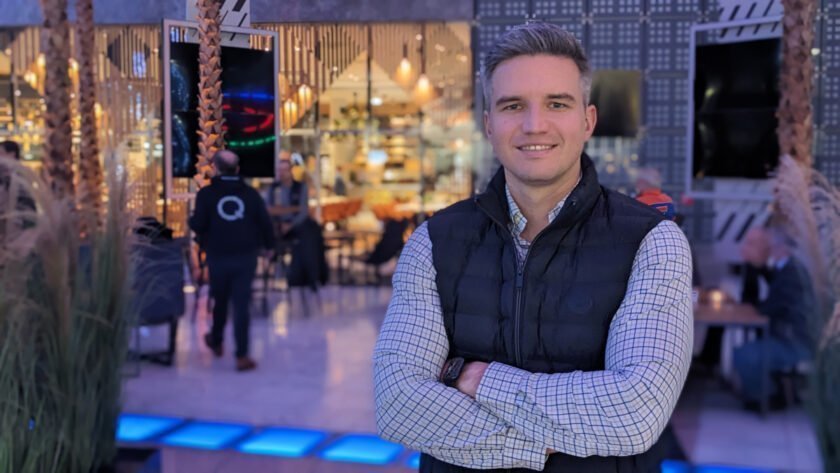
Martijn Vanderwoude, Vice President Global Business Development & Marketing at PPDS:
“When we started with our ESG goals – three, four years ago – we were a little bit behind. We had a bronze score on Ecovadis, others already had gold. At that time, we decided not to focus on all these certifications that look nice in tenders but to make power consumption our number one priority.
We started to look at all our product lines: We rediscovered E-Paper and took the risk to bring it into signage. We introduced the power-saving common cathode technology in our LED lineup. And now, we are taking the next step into mainstream LCD signage: Just a month ago, we introduced the QE line that consumes 50 percent less energy than general LCD.”

Manlio Romanelli, President of M-Cube Group:
There are four key levers in our strategy: The first one involves remote management to optimize energy usage, which is our primary focus. The second one revolves around content deployment: Here we emphasize video players and software that deliver content efficiently. The third one is content visualization – managing screens remotely to optimize display parameters, such as brightness, falls under this lever. And lastly, we have specialized content creation: Developing tailored content and adapting it to reduce energy consumption.
These levers directly address various aspects: The first focuses on reducing energy costs. The second aims to significantly cut digital signage technology renewal expenses. The third responds to regulatory pressure for carbon footprint reduction. And lastly, leveraging these strategies can enhance brand image and reputation. By integrating these approaches, we can achieve tangible results, with potential energy consumption reductions for a screen network ranging from 15 to 50 percent annually.”
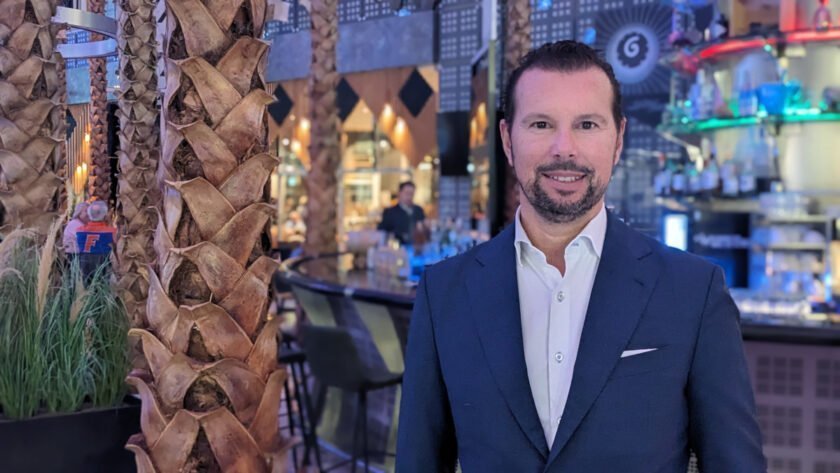
Johan Lind, CEO at Vertiseit:
“We’ve long focused on minimizing the environmental impact of software and hardware. However, a significant impact lies in how digital solutions can enhance sustainability in retail.
Some retailers have transformed their stores into experiential showrooms. For instance, when customers try shoes in-store but purchase from them online, the return rate is significantly lower – just a few percent – compared to around 50 percent for online orders.
The smart use of technology in showrooming reduces stock levels in stores. Shifting our focus towards leveraging technology in these ways could significantly contribute to creating a more sustainable retail environment.”
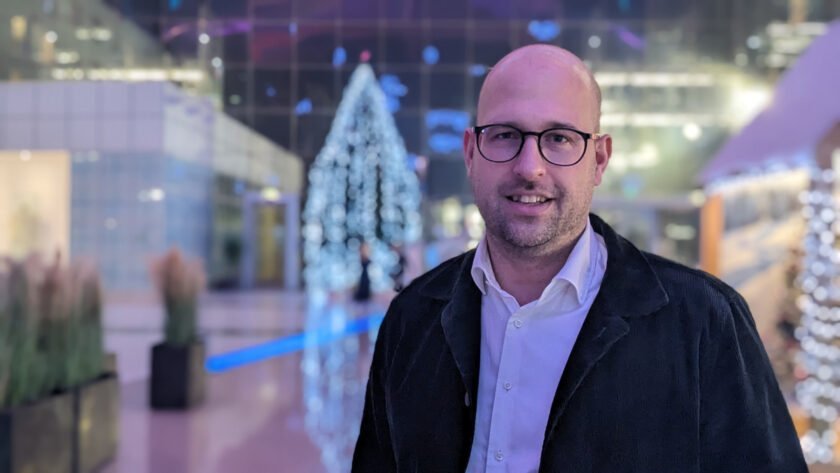
Peter Guy, Chief Product & Technology Officer at Videri:
“Videri has always had green initiative in its DNA: Our hardware and IP are designed to eliminate unnecessary components from the screens. With features like passive cooling, we’ve reduced hardware elements to lower the carbon footprint and overall energy consumption.
An essential lesson learned is the advantage of offering both hardware and software. This allows us to prevent wastage and ensure balanced power usage between the two components. However, it’s an ongoing journey for us and everyone else to continually enhance and adapt as things are advancing.”

Robert Bryhn, CMO at Zetadisplay:
“We’re currently investing heavily in different types of green signage applications, which aligns well with the market trend. Specifically, we’re focused on software solutions to monitor energy. There’s also a notable increase in demand for LED installations that emphasize higher sustainability standards. A major project we’re undertaking is the replacement of the entire old signage system at Oslo Central Station. This includes a 40-meter-long LED wall. This initiative is one of our most impactful changes in green signage for a specific client. These screens provide an enhanced information experience, offering a diverse range of capabilities.
We’re seeing that modern sustainable solutions not only prioritize eco-friendliness but also excel in engaging customers, delivering information, and are much more versatile.”
